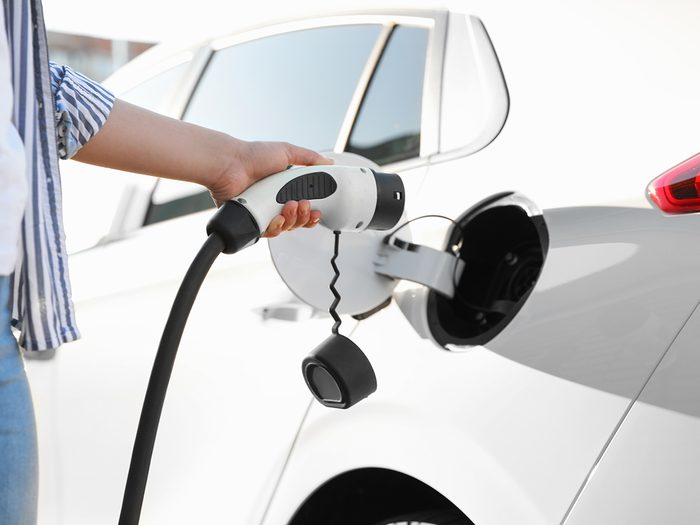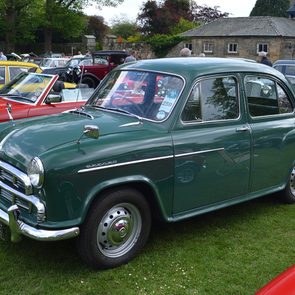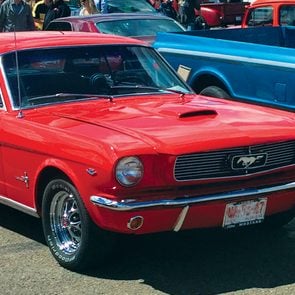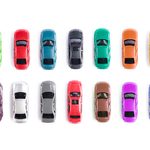I Switched From Gas to a Hybrid Car—Here’s What It’s Like

Although my new plug-in car is pretty nifty, I sometimes miss my old gas-guzzling clunker.
As I walk over to my new plug-in hybrid on the driveway one morning, I remember my previous car, “Old Moody,” who had been quite temperamental later in life, especially in winter. My mind backfires momentarily and I find myself trying to sort out why there’s an electrical cord connected to my car when it’s warm out and there’s no need for a block heater. I snap out of it as I pick up the cord, rightfully concluding that the electrical cord is “gassing up” my new hybrid—and also that I’m not driving anywhere holding it in my hand! I wind up the charge cord, hang it on its post and get into my car. I don’t even make it out of the driveway because I left the small door to the charging port on the side of the car open. The car sends me a message about the situation. I get out, shut the charger door, get back in, buckle up and start over again—a lot more focused this time.
Thankfully, that kind of sequence rarely happens now. When we get to the plug part, my car and I are in the present moment: my hand right hand takes the charge cord out of the socket and my left hand follows through to shut the little door.
I tend to name my cars and imagine that they have personalities. Even though they have some lifelike attributes—they move, respond to stimuli, have an ordered structure, evolve through the use of updates—it’s not that I actually think they’re people. Still, when good advice prevailed and I traded in “Old Moody”—my fully manual, fossil-fuelled old clunker that wouldn’t start in winter—for my new hi-tech hybrid that works great even on the coldest days, I have to admit, I missed “him.”
I wasn’t ready to go all the way and buy a self-driving car, but I do like the features that manufacturers are developing to help keep us safe in new vehicles. Now, all I need is a nickname for mine.
Next, find out what the government’s new electric car targets will mean for Canadians.






